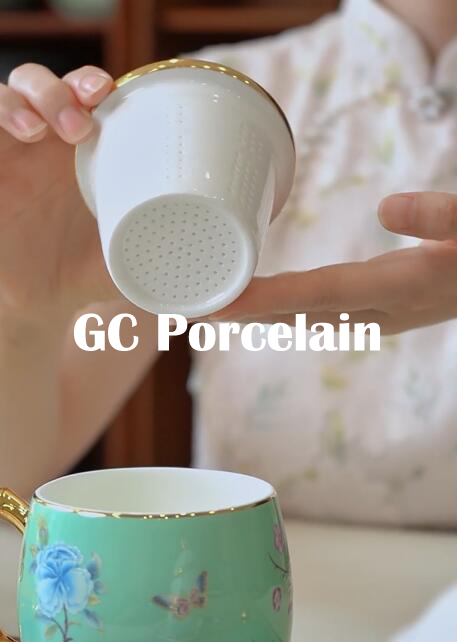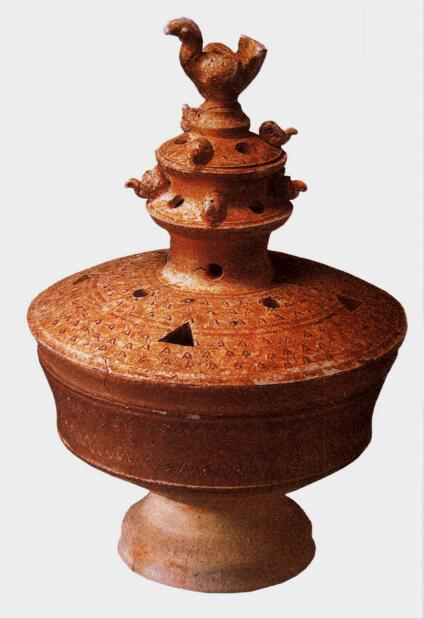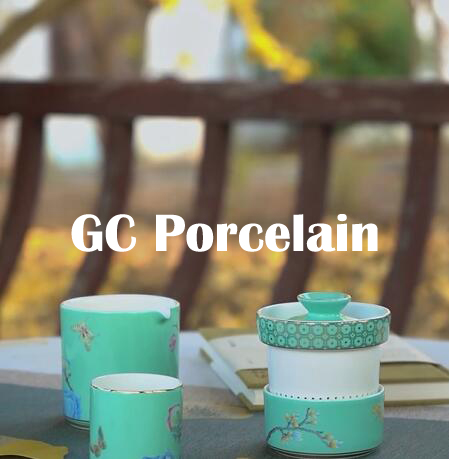In this article, we explore the fascinating world of repairing porcelain china, where skilled artisans breathe new life into broken pieces, preserving their history and restoring their inherent beauty. From the techniques used to the philosophy behind restoration, we delve into the art of repairing porcelain china and the profound significance it holds in maintaining our connection to the past.
- The Philosophy of Restoration
Repairing porcelain china goes beyond mere mending; it is an art form that embraces the philosophy of honoring the object's history and preserving its integrity. The guiding principle of restoration is to respect the original craftsmanship and aesthetic value, ensuring that the repaired piece maintains its authenticity.
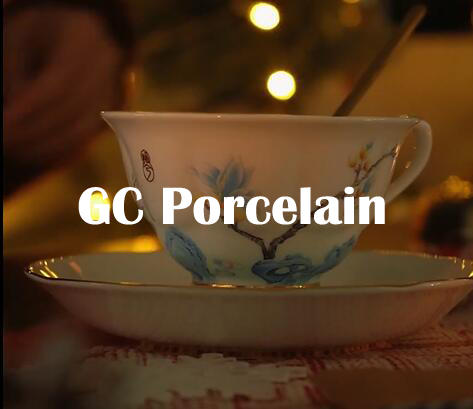
Restoration artisans approach each broken piece with reverence, understanding that it carries not only sentimental value but also historical significance. They strive to strike a delicate balance between preserving the original characteristics and making necessary repairs, ensuring that the restored piece retains its inherent beauty and functionality.
- Techniques of Porcelain Repair
Restoring porcelain china requires meticulous techniques that demand both skill and expertise. Various methods are employed based on the nature and extent of the damage. Some common restoration techniques include:
- Invisible Mending: This technique involves precise alignment and bonding of broken pieces using specialized adhesives. Skilled artisans ensure that the repaired seams are virtually invisible, seamlessly integrating the mended areas with the original design.
- Filling and Inpainting: In cases where missing fragments or chips exist, artisans meticulously fill the gaps using suitable materials that match the original piece. Subtle inpainting techniques are then applied to recreate the intricate patterns or colors, blending them harmoniously with the surrounding areas.
- Structural Stabilization: Fragile or weakened pieces often require structural reinforcement to ensure their longevity. Artisans employ techniques such as metal or resin support, bracing, or even 3D-printed replicas to provide stability and prevent further damage.
- Conservation and Preservation
Beyond repairing immediate damage, the conservation and preservation of porcelain china play a crucial role in maintaining its long-term beauty and durability. Proper handling, storage, and display are vital in safeguarding these delicate pieces from environmental factors such as light, humidity, and temperature fluctuations.
Conservation efforts involve using archival materials for packaging and storage, employing appropriate display techniques to minimize exposure to harmful elements, and implementing preventive measures like regular inspections and maintenance.
Additionally, education and awareness about the care and preservation of porcelain china are essential. Providing guidance on proper handling, cleaning methods, and avoiding common pitfalls can empower collectors and owners to safeguard their precious porcelain treasures.
- The Value of Restored Porcelain
Restored porcelain china carries a unique value that extends beyond its physical appearance. It becomes a testament to the piece's resilience, the care taken in its restoration, and the commitment to preserving its cultural and historical heritage. Restored pieces often bridge the gap between the past and the present, embodying a narrative of survival and resilience.

Moreover, the restoration of porcelain china allows future generations to appreciate and enjoy these exquisite pieces. It ensures that the artistry, craftsmanship, and cultural significance embodied in each restored porcelain continue to be cherished and celebrated.
The art of repairing porcelain china is a testament to the human desire to protect and preserve beauty. Through skilled craftsmanship, restoration artisans breathe new life into damaged pieces, allowing them to be cherished for generations to come.
PlayHow to Repair Porcelain Chip: Gold Filigree Craftsmanship
Gold Filigree is a technique for restoring porcelain, essentially falling within the realm of lacquer art. It is commonly used for the restoration of porcelain and Yixing clay teapots, but can also be applied to bamboo items, ivory, small wooden objects, jade, and more.
The process involves repairing broken vessels and then painting over the seams with gold powder. This is an adaptive and natural restoration technique that not only repairs the object but may also give birth to a unique, entirely new piece of art, reviving the beauty of these objects.
Materials Needed: raw lacquer, black lacquer, egg white or glutinous rice powder, gold leaf
Repair Tools: scraping knife, sandpaper, caliper, blow dryer, electric kiln, craft knife

The damaged ceramic to be repaired
Detailed Step-by-Step Visual Guide
1. Use raw lacquer to reinforce the structure, apply it to the ceramic breakage, and bake it in the kiln until dry.

2. Prepare adhesive lacquer using two formulas: black lacquer with egg white or black lacquer with glutinous rice powder.
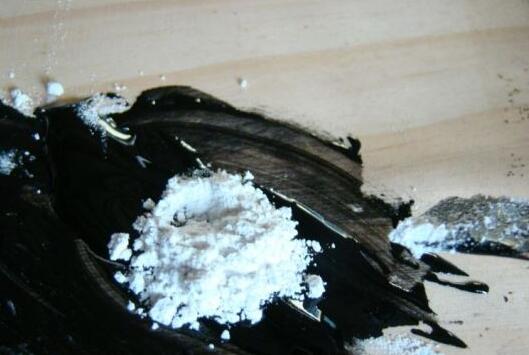
3.Stir until the lacquer becomes thick and viscous; using a blow dryer while stirring can accelerate the reaction.

4.Apply adhesive lacquer to the ceramic breakage.

5.Securely bond the fragments together.

6.The state after bonding is completed.

7.Fill the surface gaps between the fragments: for small gaps, use a mixture of glutinous rice and raw lacquer paste; for larger gaps, you can use wood dust lacquer or lacquer thread for filling.

8.After filling is completed, sand the surface.

9.Apply another layer of red lacquer to the cracks.

10.After the lacquer has partially dried, cut the gold leaf into suitable sizes and apply it to the lacquered areas.
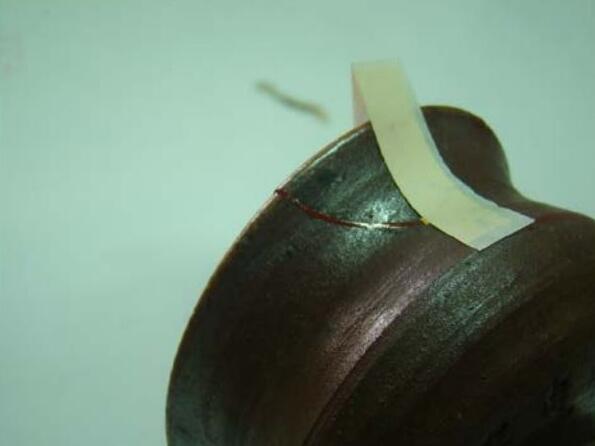
11.Remove any excess gold leaf that hasn't adhered.

12.The state after the restoration is complete.

If you have any questions or need to custom dinnerware service, please contact our Email:info@gcporcelain.com for the most thoughtful support!


